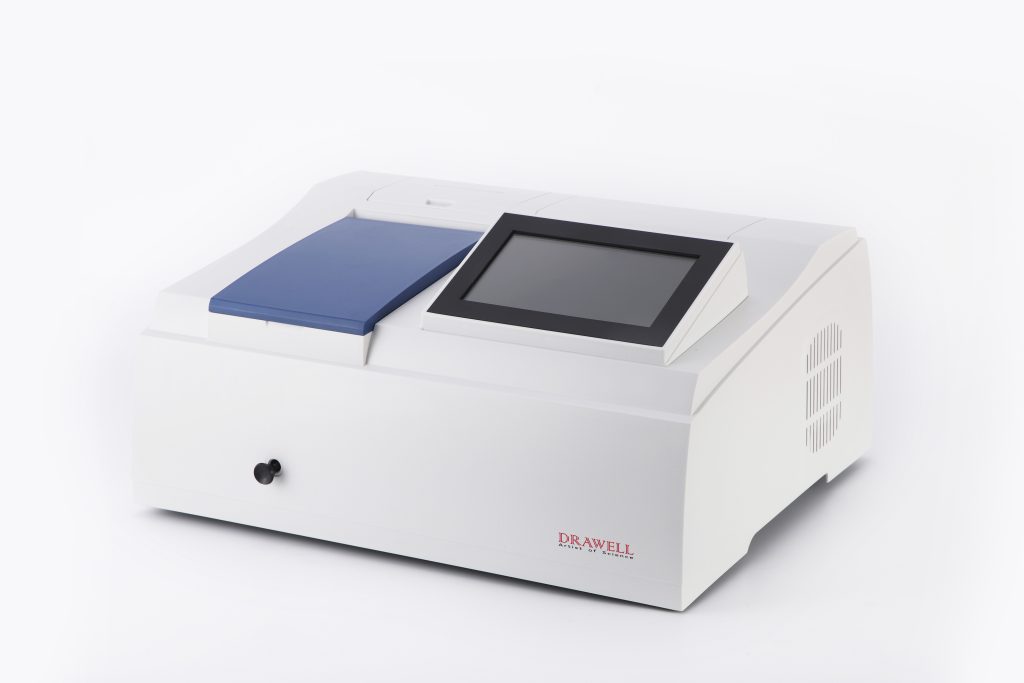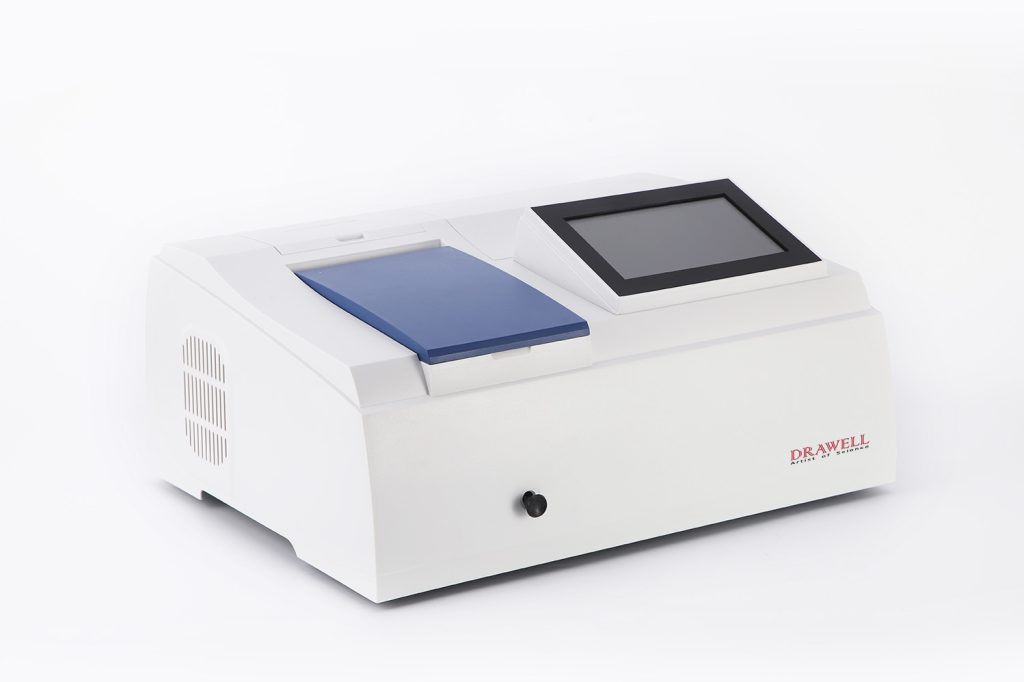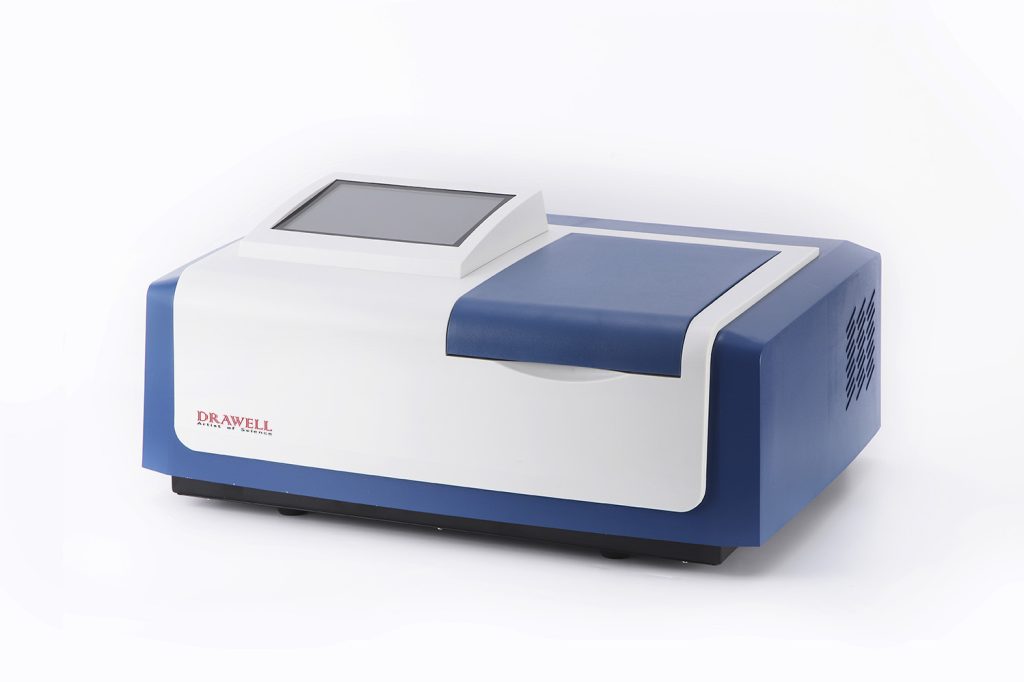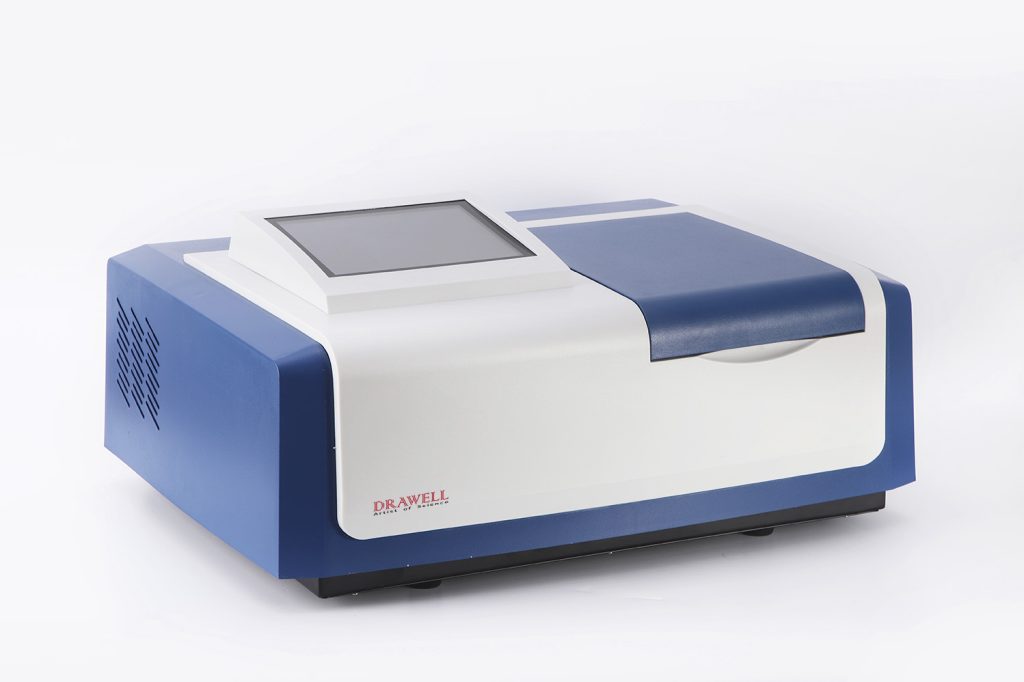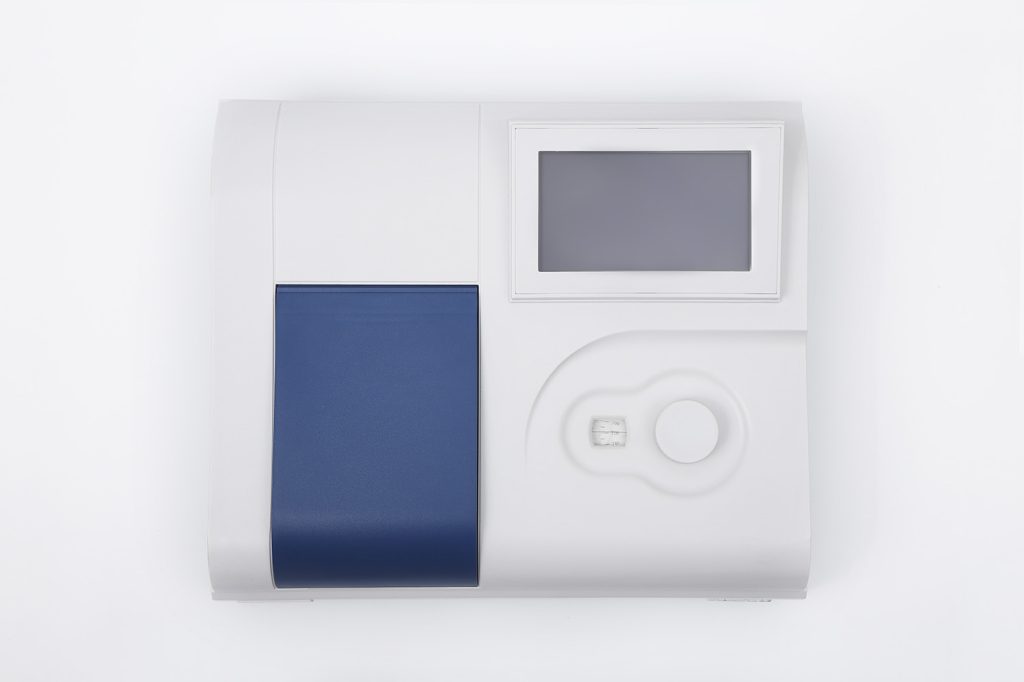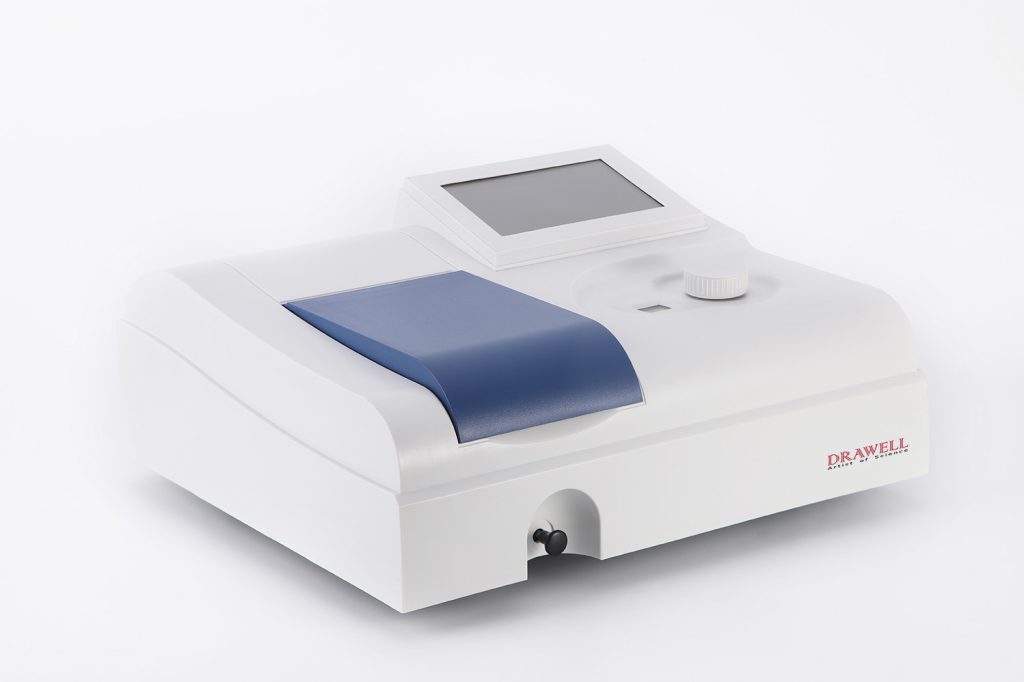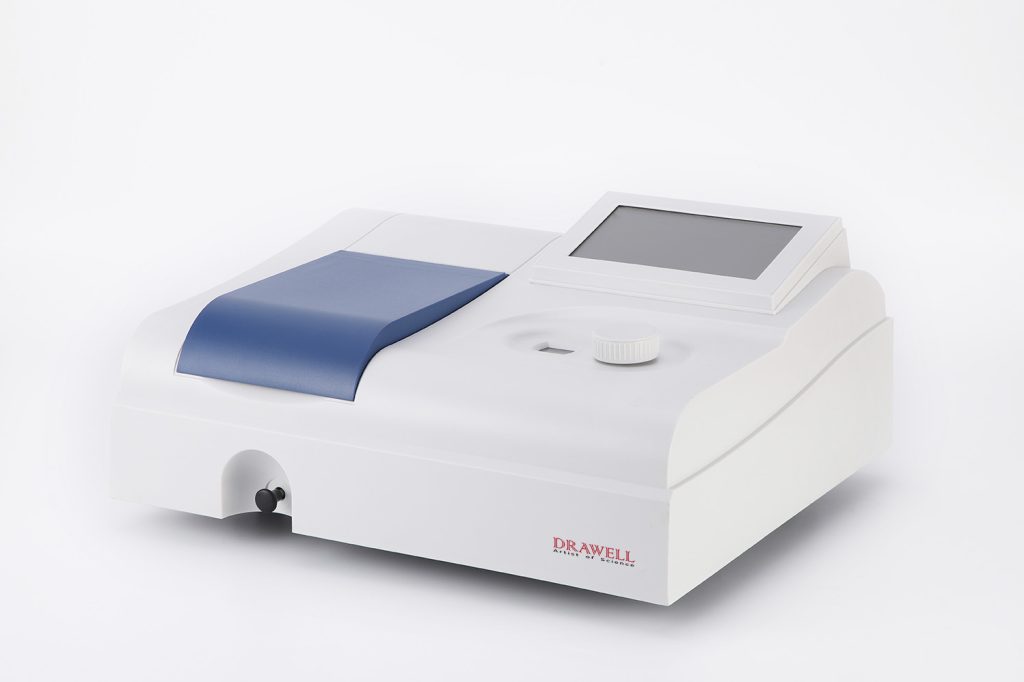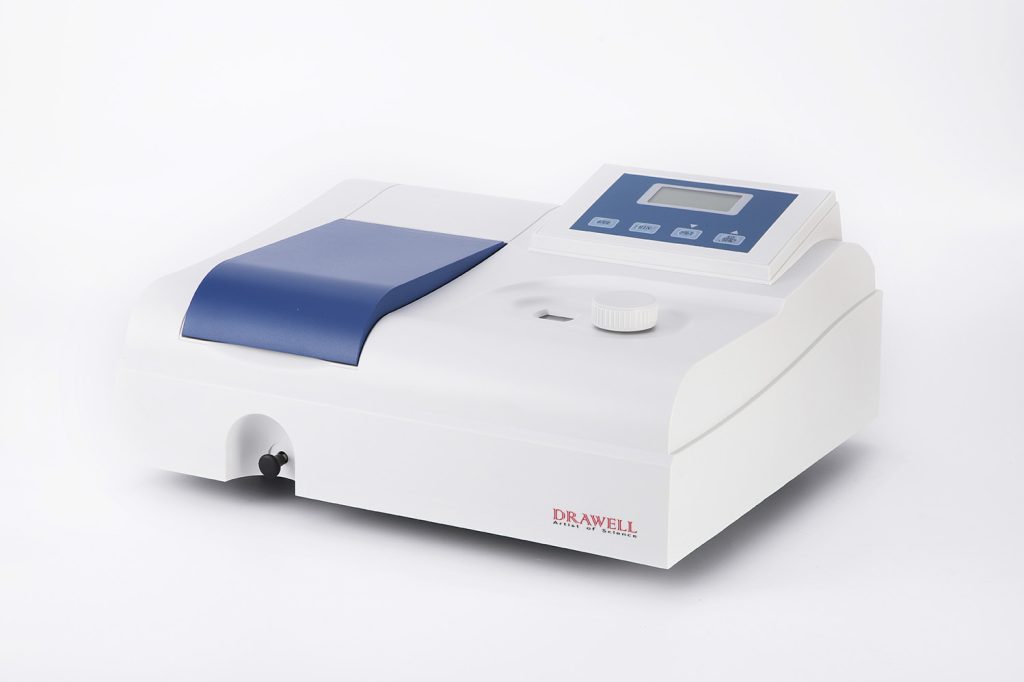Within the analytical domain, where the interaction of electromagnetic radiation and matter dictates intricate molecular narratives, UV-Vis spectrophotometry emerges as a potent investigative tool. Leveraging the ultraviolet and visible regions of the electromagnetic spectrum as its analytical probes, this technique unveils the spectral signatures of a diverse array of samples, from the delicate biomolecular edifices composing life to the vibrant pigments adorning our world. However, at the heart of this powerful technique lies a fundamental divergence: single and double-beam UV-Visible spectrophotometers. While both instruments operate on the same core principle of measuring light absorption, their internal architectures paint vastly contrasting portraits of analytical precision and performance.
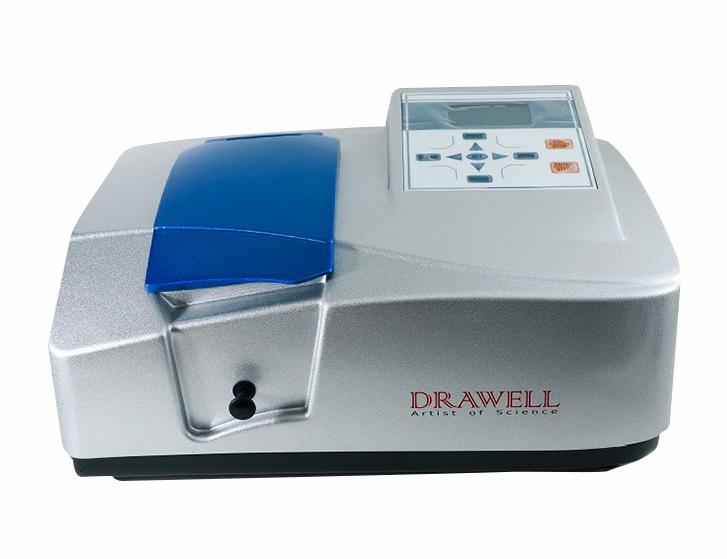
Design and Principles of Single and Double-beam UV-Visible Spectrophotometers
Both single and double beam UV-Vis spectrophotometers utilize monochromatic light sources to excite molecules within a sample, measuring the subsequent absorbance of light energy. However, the internal design and operational principles of each type differ significantly, leading to distinct performance characteristics.
| Feature | Single Beam | Double Beam |
| Light Path | Single beam passes through monochromator, sample cuvette, and detector. | Single beam splits into reference and sample beams; each beam passes through monochromator, cuvette (reference: blank/solvent, sample: sample solution), and recombines before reaching dual detector. |
| Absorbance Measurement | Single detector directly measures transmitted light intensity from sample; A = log<sub>10</sub>(I<sub>0</sub>/I<sub>t</sub>). | Dual detector measures intensities of both reference and sample beams; A = log<sub>10</sub>(I<sub>r</sub>/I<sub>s</sub>). |
| Source Fluctuations | Intensity fluctuations directly impact measured absorbance, adding noise and uncertainty. | Self-compensating: Intensity changes equally affect both beams, cancelling out impact on absorbance ratio. |
| Baseline Stability | Subject to drift due to environment and instrument aging, affecting accuracy. | Baseline drift affects both beams proportionately, minimizing influence on absorbance ratio; superior precision compared to single beam. |
| Advantages | Simpler design, lower cost, suitable for routine analyses or educational settings. | Higher accuracy and precision, wider dynamic range, ideal for demanding applications requiring reliable data (research, quality control, high-throughput analysis). |
| Disadvantages | Limited accuracy and precision due to source fluctuations and baseline instability. | Typically more expensive and complex design. |
| Components | Monochromator, sample cuvette, detector, source. | Monochromator, beamsplitter, reference cuvette, sample cuvette, dual detector, source. |
| Suitable Applications | Routine analyses, teaching laboratories, applications where cost and simplicity are prioritized. | Research, quality control, high-throughput analysis, applications requiring high accuracy and precision. |
Performance Comparison: Demystifying Single vs. Double Beam UV-Vis Spectrophotometers
Accuracy
- Single Beam: Limited accuracy due to source fluctuations and baseline drift. Errors increase at high/low absorbance values where fluctuations and drift have a greater proportional impact. Sample concentration can exacerbate errors if it falls outside the calibration range.
- Double Beam: Superior accuracy by virtue of self-compensating source fluctuations and improved baseline stability. Accuracy remains relatively constant across a wider absorbance range, making it ideal for quantitative analyses. Sample concentration has less impact on accuracy due to ratiometric measurement.
Precision
- Single Beam: Lower precision due to baseline drift and noise from source fluctuations. Precision degrades over time as drift accumulates.
- Double Beam: Significantly higher precision due to reduced baseline drift and self-compensating source fluctuations. Noise levels are also lower due to dual detector design. Offers reliable reproducibility of measurements.
Dynamic Range
- Single Beam: Limited dynamic range, particularly at high/low absorbance values due to saturation or detector limitations. Can lead to truncated spectra and missed information.
- Double Beam: Wider dynamic range thanks to ratiometric measurement, allowing accurate analysis of samples with very high or low absorbance. Enables comprehensive spectral characterization.
Sample Throughput
- Single Beam: Typically faster analysis times due to simpler design and fewer operational steps. Can be advantageous for high-throughput screening or routine analyses.
- Double Beam: Potentially slower analysis times due to reference beam path and dual detector requirements. However, advanced models often feature automated cuvette changers and rapid data acquisition, mitigating this difference.
Additional Considerations
- Instrument calibration and validation are crucial for both single and double beam instruments to ensure accurate and reliable results.
- Single beam instruments can employ background correction techniques to improve accuracy by mitigating baseline drift.
- Technological advancements are constantly improving the performance of both instrument types, reducing limitations and expanding capabilities.
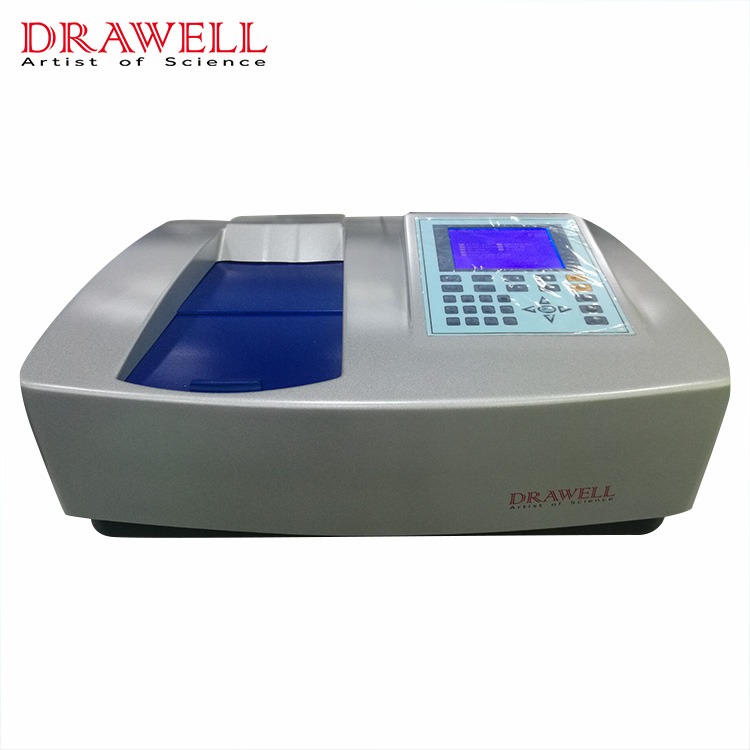
How to Choose the Right Type Between Single and Double-beam UV-Visible Spectrophotometers ?
Selecting the most suitable UV-Vis spectrophotometer requires careful consideration of several factors, encompassing analytical needs, performance specifications, and budgetary constraints. Here’s a practical guide to navigating this decision-making process:
1. Define Analytical Needs
- Application: Identify the specific applications you’ll be using the instrument for (e.g., routine analyses, research studies, quality control, high-throughput screening).
- Sample Types: Consider the types of samples you’ll be analyzing (e.g., biological molecules, organic compounds, inorganic materials) and their expected concentration range.
- Required Measurements: Determine the specific parameters you need to measure (e.g., absorbance, transmittance, fluorescence).
2. Evaluate Performance Specifications
- Accuracy and Precision: Assess the level of accuracy and precision required for your applications. Double beam instruments generally offer superior performance in this regard.
- Dynamic Range: Consider the range of absorbance values you expect to encounter in your samples. Instruments with a wider dynamic range offer greater flexibility.
- Sensitivity: Choose an instrument with sufficient sensitivity to detect the expected absorbance changes in your samples, especially for dilute solutions.
- Resolution: Select an appropriate wavelength resolution instrument for resolving your samples’ fine spectral features.
- Software Features: Evaluate the software’s user-friendliness, data analysis capabilities, and automation features (e.g., automatic cuvette changers, and spectral library matching).
3. Consider Budget and Cost-Effectiveness
- Initial Purchase Price: Compare the upfront costs of different instrument models and brands.
- Maintenance and Operating Costs: Factor in the cost of consumables (e.g., cuvettes, lamps), calibration, and potential service contracts.
- Long-Term Investment: Consider the instrument’s expected lifespan, upgradeability, and potential for future research needs.
4. Additional Factors
- Instrument Size and Footprint: Choose an instrument that fits your laboratory space and workflow requirements.
- Compliance and Regulatory Considerations: Ensure the instrument meets any relevant regulatory standards or certifications required for your applications.
- Technical Support and Service: Evaluate the availability and quality of technical support and service offered by the manufacturer.
5. Consult with Experts
- Seek advice from experienced researchers or instrument vendors who can provide insights and recommendations based on your specific needs and budget.

Conclusion
The single and double beam UV-Vis spectrophotometers, though united by their core principles, represent divergent paths in the analytical odyssey. While the single beam offers simplicity and affordability, the double beam shines with its unyielding accuracy and precision. By comprehending the nuances of each instrument and aligning them with the demands of the analytical quest, scientists can unlock the full potential of UV-Vis spectroscopy, painting a vibrant portrait of the molecular world around us.

